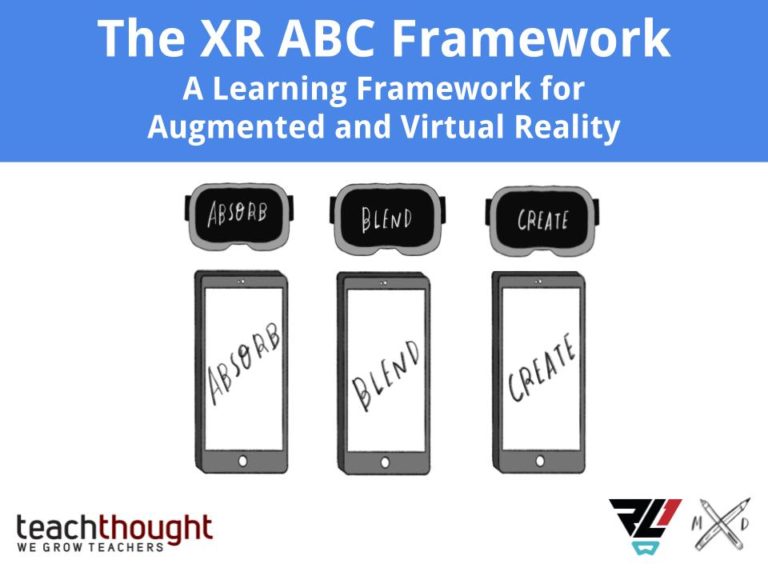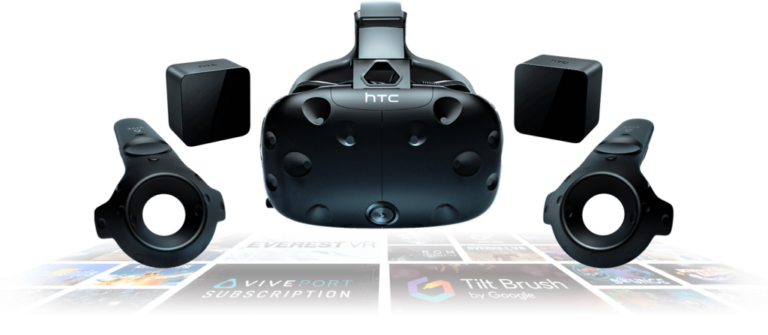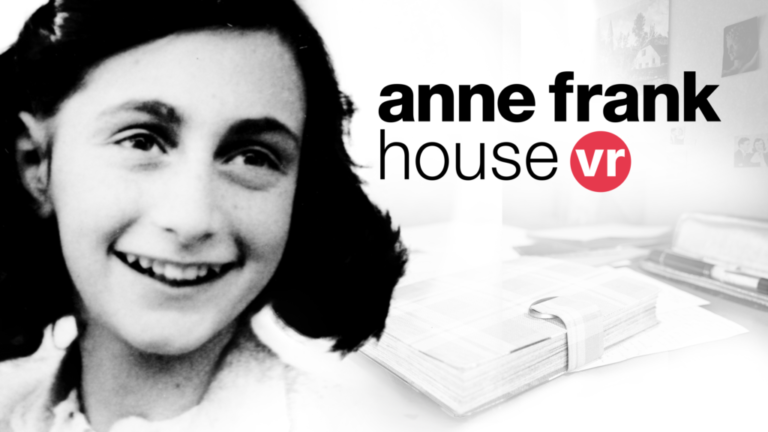As an elementary school principal, who also serves as a Director of Technology & Innovation, the biggest challenge among the COVID-19 Virtual Learning response does not lie within the technology itself. The technology has, and still does, serve as a vehicle to deliver content, learning, assessment, and reflection. With countless tools available, the technology is not limiting, rather it is overwhelmingly limitless. The biggest challenges in the current state of virtual learning is in helping teachers to determine which tools will best meet the needs of their students and replicating the human connection that is typically provided through school.
The Instructional Impact of Distance Learning
When exploring meaningful instruction as it relates to a “typical” school day, we often think about differentiation, choice, student led learning, project based, etc. As educators, we examine our content and skills and design learning opportunities that best align with the types of learners that we serve. That is why, often, a teacher’s instruction will look different year to year even if they are teaching the same course/grade level. As a good teacher, we put the students first in the learning process. The question now, amid the current virtual learning directives, is how do we differentiate learning experiences, via the tools available, to continue to best meet the needs of our students?
Teachers have forever been using technology. The biggest challenge facing teachers right now is to determine the resources that would best suit their instructional needs. The outpouring of support by educational technology-based tool companies with free access for teachers and students in the midst of the COVID-19 crisis is beyond the expectations of every educator. At this time, you would be hard pressed to find a resource that is not being offered for free. And while this is admirable and generous, our teachers need some guidance in how to navigate choosing and implementing those tools and resources for their students.
As a Director of Technology & Innovation, as well as an elementary principal, I see a personal responsibility to serve as the guide for my teachers in designing their instruction in a way that serves a meaningful and purposeful role in the students’ learning. Through meeting with my teachers, as grade level groups and individuals, I continue to work to support them in identifying resources that best meet the needs of their learners. Does this sound like the type of support for which you are looking?
The Ready Learner One Team wants to help you, your staff, your colleagues, your district, and your leadership to identify resources that best meet the learning needs of your community. Whether content/age specific, rooted in SEL, assessment based, virtual conferencing and connectedness related, and more, the Ready Learner One team will help guide you in a manageable and sustainable manner. Each day for the next 15 days (Mon-Fri), we will be offering a blog post that addresses a current challenge in virtual learning and proposed tools/resources to help alleviate the challenge.
Stay tuned for tomorrow’s initial post in the Ready Virtual Learner One Series focusing on social connectedness in a distanced world. Wishing you good health!
About the author: Christine Lion-Bailey is the Chief Strategy Officer for Ready Learner One LLC and a Director of Technology & Innovation in New Jersey. She is also is the coauthor of Reality Bytes: Innovative Learning Using Augmented and Virtual Reality. Christine is an advocate for innovative thought and practices in learning, both through instruction and leadership, across K-12, higher ed, and corporate spaces. Follow Christine on Twitter at @clionbailey.




